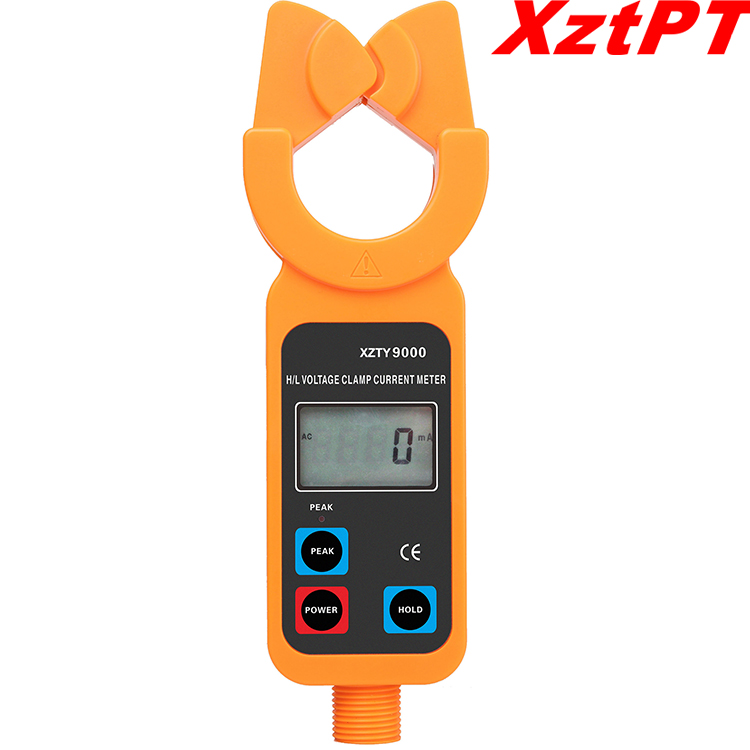English




1、 Insulation medium and structural design
Oil immersed test transformer
Insulation medium: Mineral insulation oil (such as transformer oil) is used, which has both insulation and cooling functions, and dissipates heat through oil circulation.
Structural features:
The iron core is made of cold-rolled silicon steel sheets stacked together, and the winding is in a concentric pagoda shaped multi-layer cylindrical shape (with low voltage inside and high voltage outside).
Equipped with auxiliary structures such as oil pillows and radiators, the fuel tank design needs to prevent oil leakage, with a large overall volume and heavy weight (up to several hundred kilograms at 300kV level).
Inflatable test transformer
Insulation medium: SF6 (sulfur hexafluoride) gas as the core, inflation pressure 0.25-0.45MPa, insulation strength twice that of oil, and excellent arc extinguishing performance.
Structural features:
Fully sealed metal casing, capable of withstanding pressures greater than 0.8MPa, without the need for additional devices such as oil pillows.
Adopting a single frame core type iron core, with the high-voltage winding on the outer side, and a coaxial layout to reduce magnetic leakage.
Weight reduction of 20% -60%, voltage level up to 300kV (single unit).
2、 Key performance comparison
Electrical performance
Insulation strength: SF6 gas has a significantly higher breakdown voltage than oil at 0.45MPa, with minimal corona discharge and better partial discharge control, making it suitable for high-precision testing (such as partial discharge detection).
Arc extinguishing capability: SF6 gas has far superior arc extinguishing performance compared to insulating oil, with higher safety, especially suitable for breaking current testing.
Environmental adaptability
Temperature effect: Insulation oil is prone to solidification at low temperatures and volatilization at high temperatures; SF6 gas can operate stably at temperatures ranging from -30 ℃ to 40 ℃.
Pollution risk: There is a risk of oil leakage and soil contamination in oil immersed systems; Inflatable without oil stains, but SF6 is a strong greenhouse gas and leaks require professional recovery.
Operating loss
Oil immersed type exhibits significant corona losses and strong electromagnetic interference under high voltage; Inflatable operation is quieter and consumes less energy.
3、 Maintenance cost and economy
Maintain convenience
Oil immersed type: supports on-site maintenance (such as replacing windings, supplementing insulation oil), but requires regular checks of oil level and sealing, with a high maintenance frequency.
Inflatable type: basically maintenance free, but after gas leakage, it needs to be returned to the factory for maintenance and cannot be repaired on site.
Procurement and usage costs
Oil immersed type: Low manufacturing cost, priced at about 60% -80% of inflatable type, outstanding cost-effectiveness.
Inflatable type: Due to the high requirements of SF6 gas and sealing technology, the price is 30% -50% more expensive, but it can save long-term transportation and operation costs.
XZTY9000 H/L Voltage Clamp Meter
